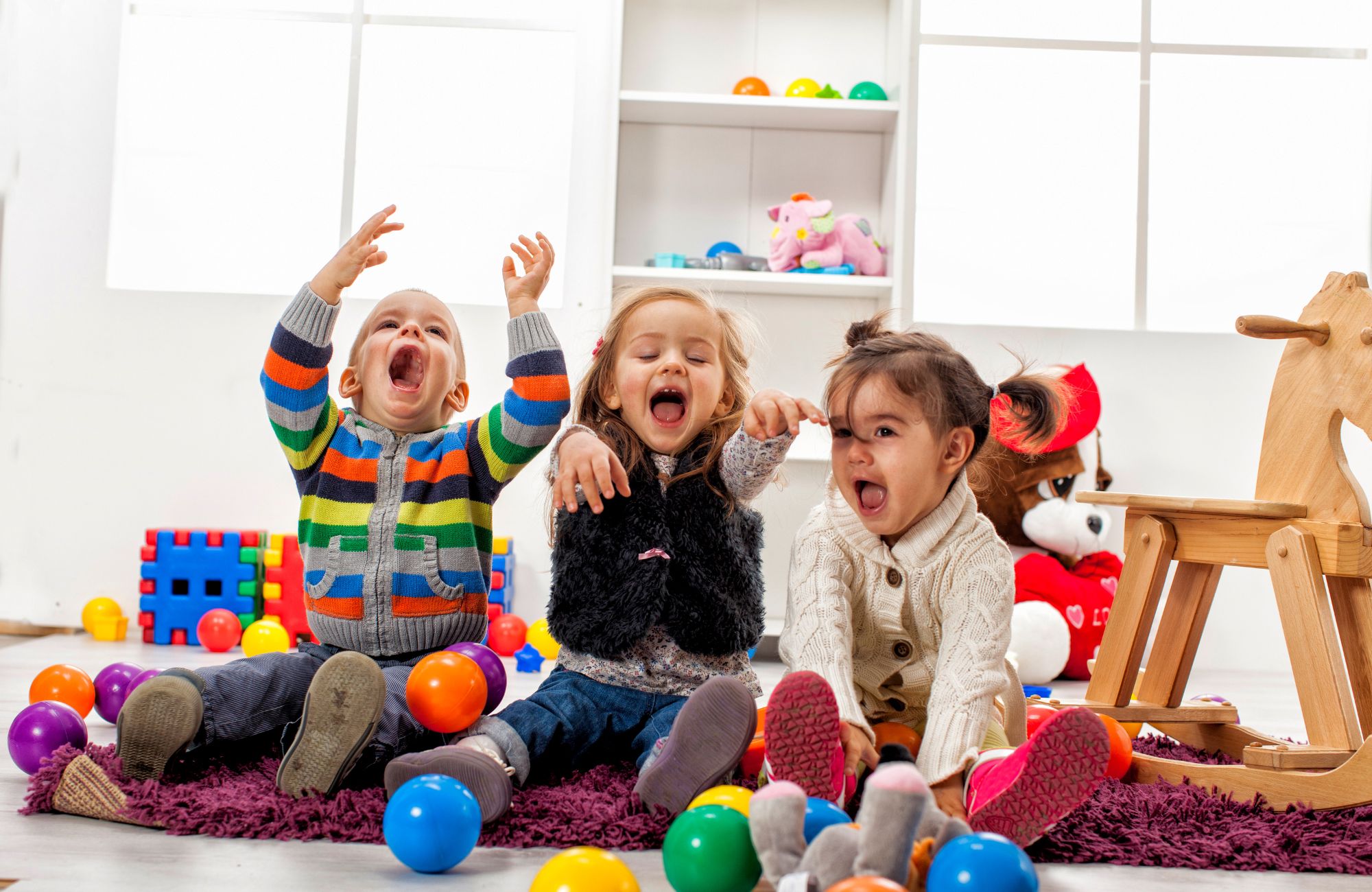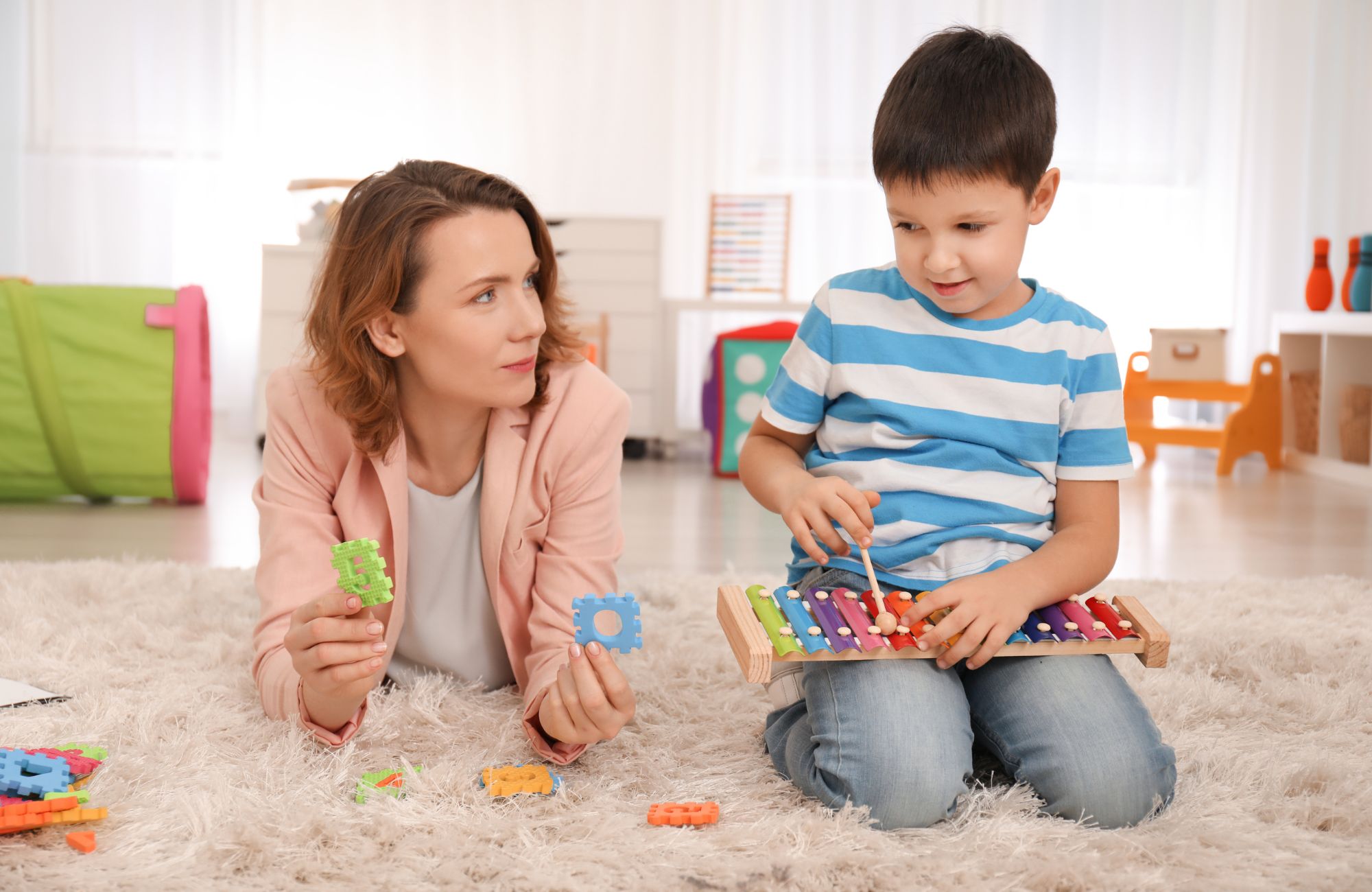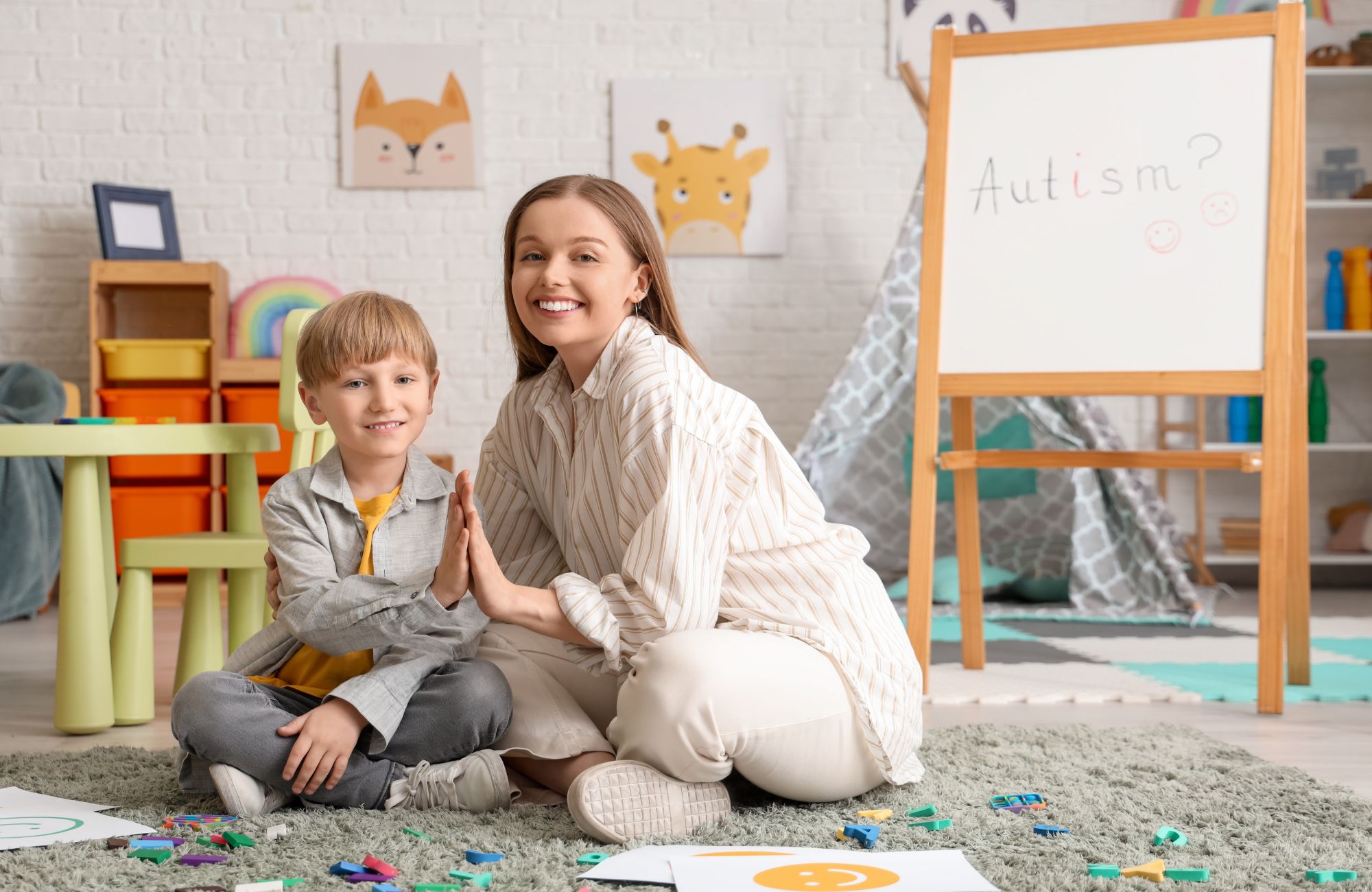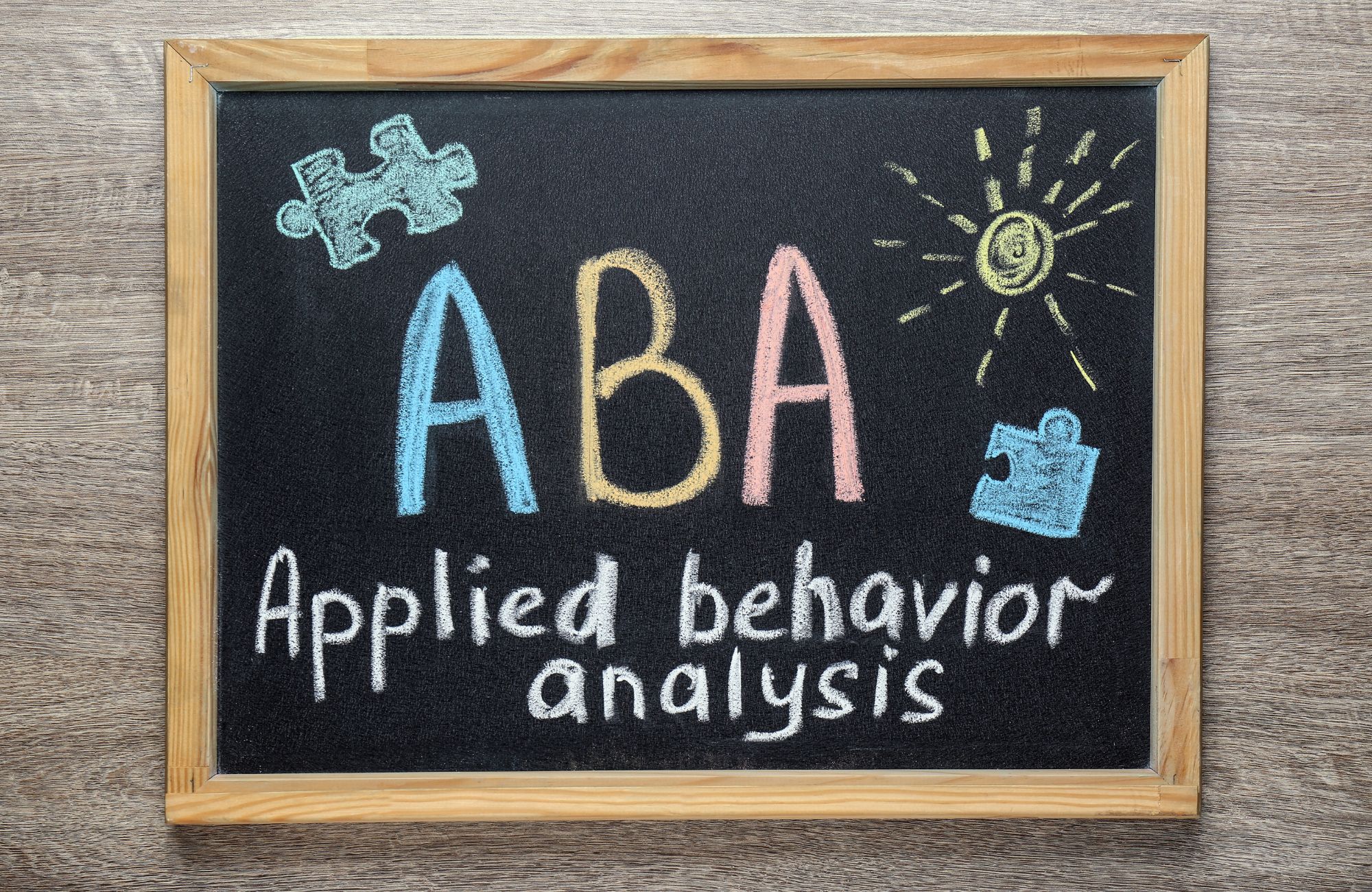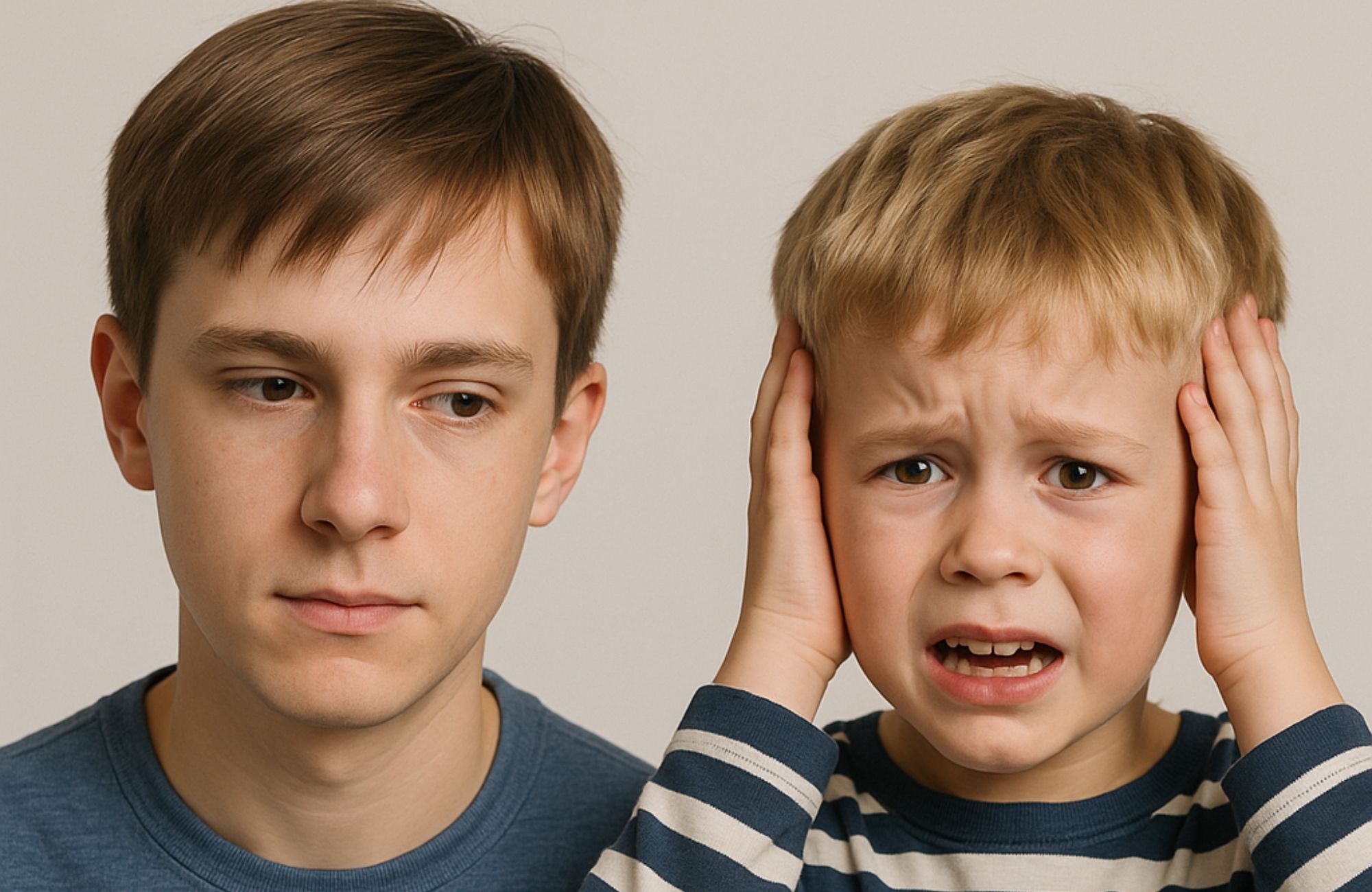Imagine watching a child come alive during play. They are focused, smiling, and finally connecting with others. For many autistic children, the right activity can open doors to communication, confidence, and joy. By understanding how autistic kids experience the world, we can offer meaningful activities for autistic kids that support their needs and strengths. This guide shares simple and effective ways to turn everyday play into opportunities for growth and connection.
Understanding Autism and Play
Children on the autism spectrum experience play differently than their neurotypical peers. Autism spectrum disorder affects how kids process sensory information, communicate with others, and navigate social situations.
Many autistic children have heightened or diminished responses to sensory stimulation. Some might find the texture of finger painting overwhelming, while others seek out intense sensory experiences like squeezing kinetic sand or manipulating water beads. This isn’t a matter of preference; it’s how their nervous systems are wired to process the world around them.
Communication challenges can make traditional group activities difficult. While many children naturally pick up social cues during play, autistic kids often need explicit instruction and visual supports to understand expectations.
Key benefits of activities for children with autism:
- Enhanced sensory processing and self-regulation
- Improved fine motor skills and gross motor skills
- Better communication skills and social interactions
- Increased emotional regulation and confidence
- Development of life skills through play
How to Choose the Right Activities
Consider Your Child’s Interests and Sensory Needs
The most effective activities for autistic kids build on their natural interests and accommodate their sensory preferences. If your child loves music, incorporating musical instruments into learning activities can keep them engaged while developing new skills.
Key factors to consider:
- Sensory preferences: Does your child seek or avoid certain textures, sounds, or visual stimulation?
- Special interests: How can you incorporate their favorite topics into activities?
- Skill level: Choose activities that provide an appropriate challenge without causing frustration
- Communication style: Adapt instructions to match how your child best receives information
Age-Appropriate Considerations
Activities should match your child’s developmental level, not just their chronological age. Many kids with autism benefit from activities typically designed for younger children, and that’s perfectly okay.
- Toddlers (18 months – 3 years): Focus on sensory exploration, cause-and-effect toys, and simple sorting activities
- Preschoolers (3-5 years): Introduce structured play, basic social skills activities, and creative expression
- School-age (5-12 years): Incorporate academic concepts, more complex social interactions, and independence-building activities
Top Sensory Activities for Autistic Children
Sensory Bins and Exploration
Sensory bins are simple containers filled with materials like rice, pasta, kinetic sand, or water beads that provide calming, hands-on play. They are great for helping autistic children focus and self-regulate. You can place toys or small objects in the bin to create themed activities. For example, try hiding dinosaurs in colored rice to match your child’s interests and keep play engaging.
Calming Sensory Bottles
Calm-down bottles are simple, homemade tools that support emotional regulation through soothing visual stimulation. Using a clear plastic bottle, fill it with warm water, glitter glue, and extra glitter, then seal it tightly. When shaken, the swirling patterns can help autistic children feel calmer during overwhelming moments and serve as a helpful transition between activities.
Texture Play Activities
Finger painting doesn’t have to involve traditional materials. Many autistic children prefer sensory-friendly textures like shaving cream on a tray or pudding for safe, edible painting. Options like sand, salt trays, or using watercolor paint with different brush sizes can be engaging and less overwhelming. These activities support fine motor development and offer the sensory input that helps children learn through hands-on exploration.
Social Skills and Communication Activities
Emotion Recognition Games
Understanding and expressing emotions can be challenging for autistic children. Visual supports make this learning more accessible.
Simple emotion activities:
- Use picture cards showing different facial expressions
- Practice making faces in a mirror
- Read books about feelings and discuss characters’ emotions
- Create emotion wheels with different feeling words
These activities teach children to recognize emotions in themselves and others, building essential social skills.
Turn-Taking Games
Board games adapted for autism can teach children important social interactions while being fun. Choose games with clear rules and visual elements.
Recommended games:
- Simple matching games
- Cooperative games where everyone wins together
- Activities with timers to make turn-taking concrete
- Games based on the child’s special interest
The key is keeping games short and celebrating participation rather than competition.
Music and Movement
A dance party isn’t just fun. It helps develop gross motor skills and build social connections. Music activities like making homemade instruments, following action songs, playing rhythm games, or using music to transition between tasks offer creative ways for self-expression. Music naturally engages many autistic children and can serve as a bridge to other types of learning.
Educational and Life Skills Activities
Practical Life Skills Practice
Teaching life skills through play makes learning feel natural and enjoyable. These activities build confidence and independence.
Life skills activities:
- Cooking simple recipes together
- Sorting laundry by colors or types
- Setting up a pretend grocery store
- Practice using scissors with different materials
These activities develop fine motor skills while teaching practical abilities that children will use throughout their lives.
STEM Learning Through Play
STEM concepts like science, technology, engineering, and math can be introduced through hands-on, sensory-rich activities that spark curiosity. Making slime, building with blocks or magnetic tiles, creating simple machines, or exploring water play are all great ways to turn abstract ideas into concrete experiences that engage and educate children.
Art and Creative Expression
Art activities don’t have to be perfect. They are about the process, not the product. Using different objects instead of paint brushes, creating collages with textured materials, or exploring coloring pages related to a child’s interests can support creativity and develop motor skills. Art also gives children a valuable way to express themselves when words are hard to find.
Physical Activities and Outdoor Play
Gross Motor Skill Development
Physical activities help children develop strength, coordination, and body awareness while providing sensory input that many autistic kids need.
Physical activity ideas:
- Obstacle courses using household items
- Jumping on a trampoline or an exercise ball
- Walking on different textures (grass, sand, carpet)
- Playing catch with various-sized balls
Outdoor activities provide additional sensory experiences and can be especially beneficial for children who need more space to move and explore.
Creating Success with Activities
Setting Up for Success
The environment plays a crucial role in activity success. Create a calm, organized space with minimal distractions. Have all materials ready before starting, and consider using visual schedules to help children understand what’s coming next.
Managing Challenges
Not every activity will be an immediate hit, and that’s okay. If a child becomes overwhelmed, have a plan for taking breaks or modifying the activity. Sometimes the best approach is to let the child lead and see how they naturally want to engage with materials.
Building on Interests
The most engaging activities for autistic kids are those that incorporate their special interests. A child fascinated by vehicles might be more willing to try new textures if they’re presented as “car wash” activities.
Conclusion
Every child with autism is unique, and so is the way they play, learn, and grow. By choosing activities that align with your child’s sensory needs, interests, and developmental goals, you’re not just filling time. You’re building essential skills, confidence, and connection. Whether it’s through music, sensory bins, or life skill practice, meaningful play can be a powerful pathway to learning and joy.
At Affinity ABC, we proudly support families across New Mexico with compassionate, individualized ABA therapy. Our team understands that every child is unique, and we’re here to help you find activities and strategies that truly fit your child’s needs. If you’re ready to explore care that honors your child’s strengths and helps them thrive, reach out today. Let’s take the next step together.
FAQs
What activities are best for children with autism?
The best activities include sensory play experiences like sensory bins and texture exploration, along with structured activities that incorporate their special interests and support children’s development.
How do you keep an autistic child entertained?
Keep autistic children entertained by rotating between sensory activities, creative play like making musical instruments, and games that build language skills while incorporating their interests.
What are the daily activities for autism?
Daily activities should include sensory play (kinetic sand, water beads), life skills practice, physical movement, and quiet time activities like coloring or board games.
How to make an autistic child busy?
Create activity stations with different sensory experiences, provide hands-on learning opportunities, and offer choices between preferred activities with visual cues for transitions.

